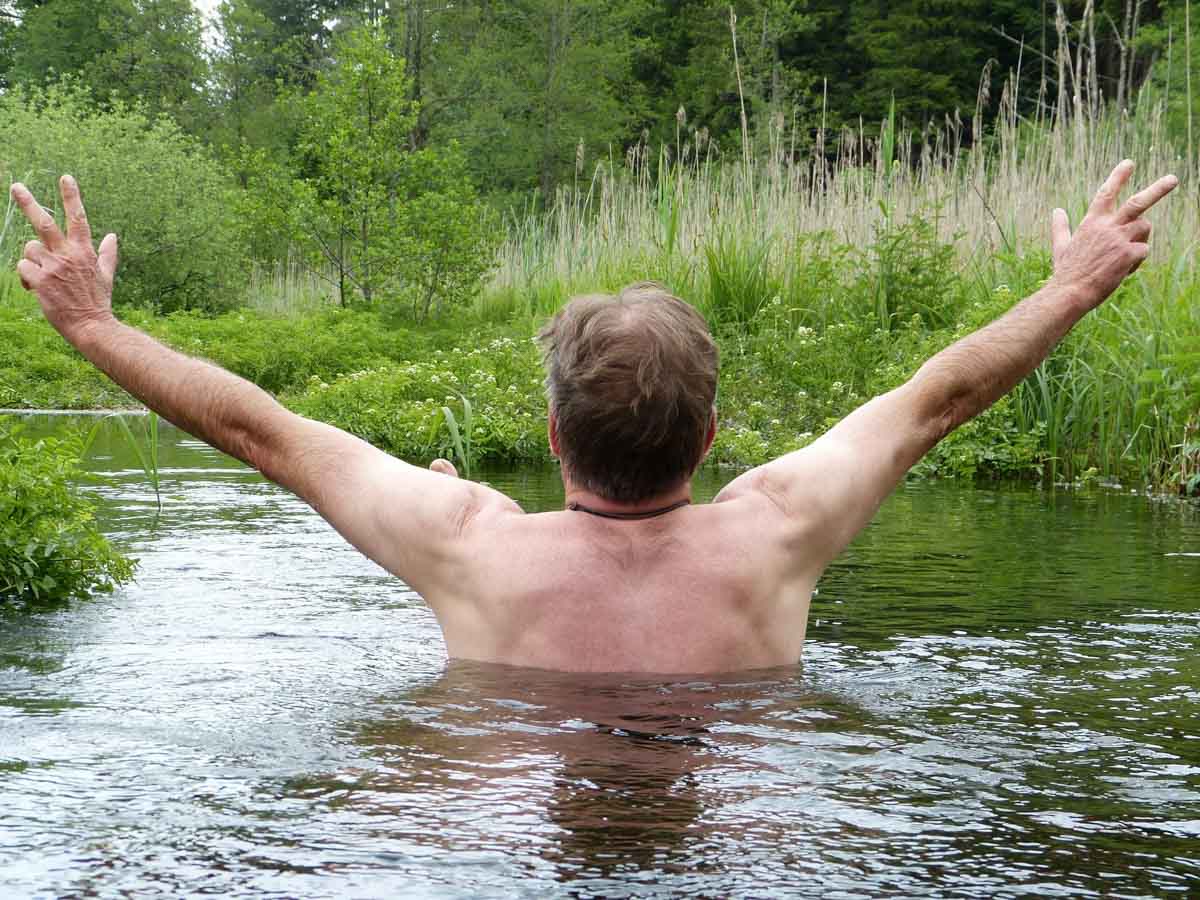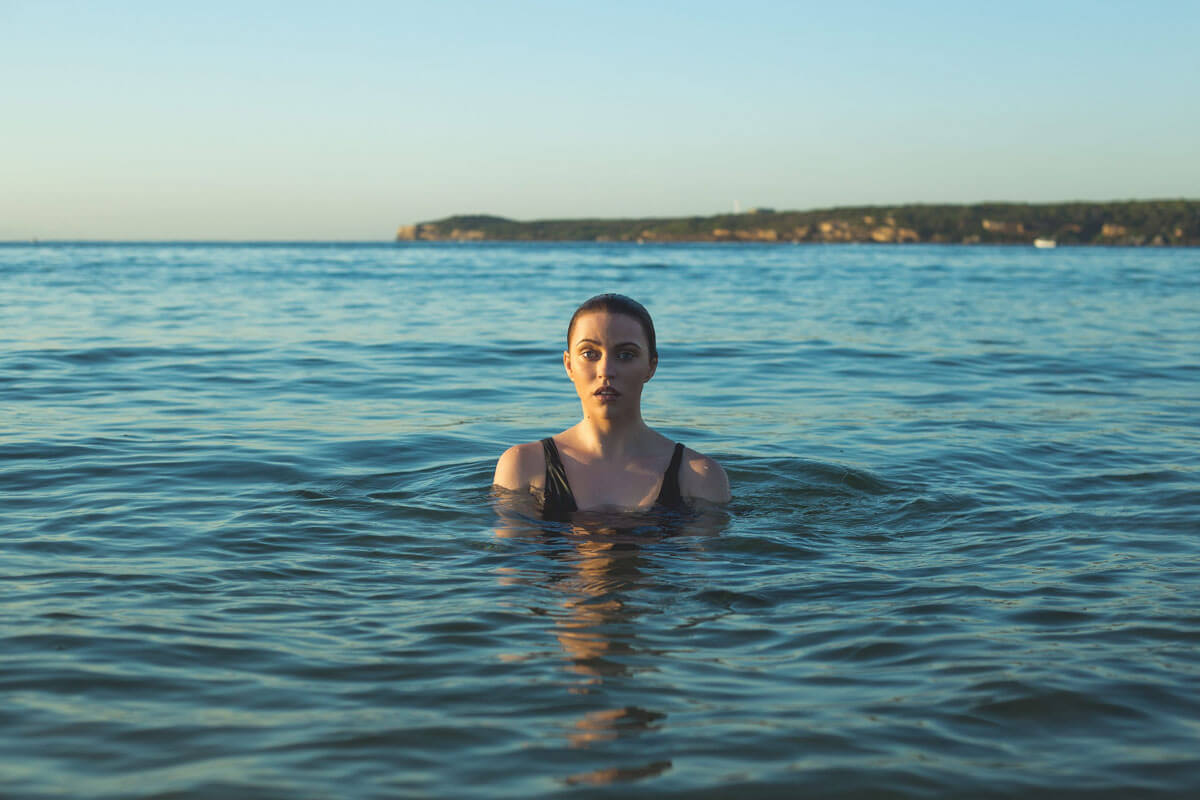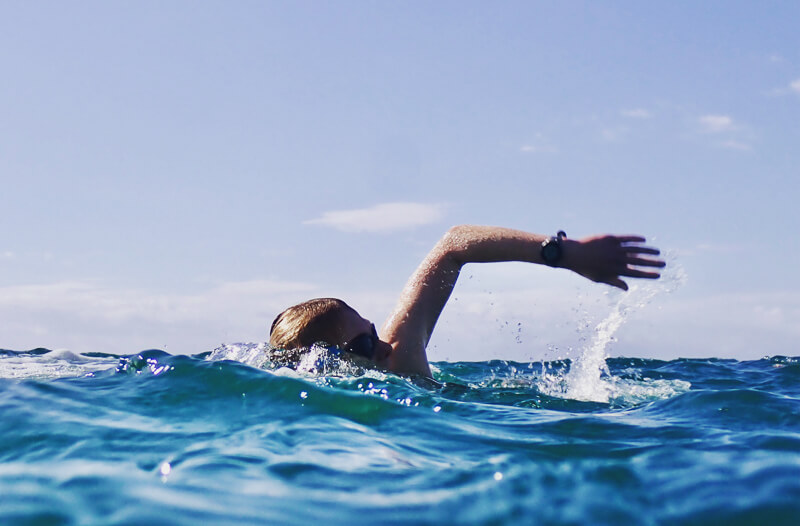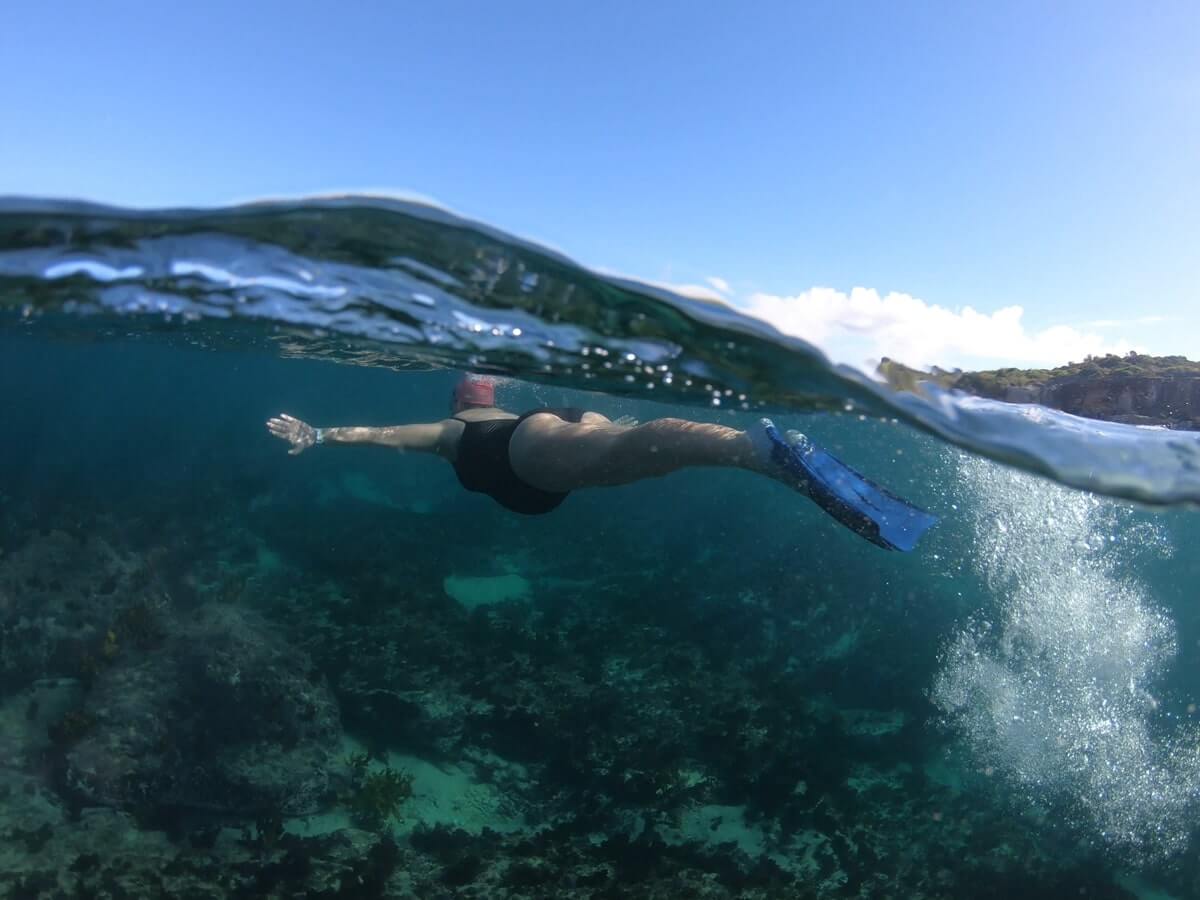How to acclimatise to cold water

Although it might not initially seem like a fun thing to do, there are a number of potential benefits associated with braving cold water. Over time, you should find that you acclimatize to it and may even find enjoyment in doing so!
It’s very important to gradually build up when it comes to the practice of cold water immersion, or even just swimming in cooler ocean temperatures. Please consult with your doctor before beginning cold water training, especially if you have any medical concerns.
Here are our top tips for helping you acclimatise to cold water:
Daily contrast showers
It will feel a bit shocking when you first try a cold shower, so start small! During your shower, turn the temperature down as cold as you can manage for 15-30 seconds to start with, and then turn on the heat again. Repeat this a few times during your shower.
Alternatively, turn the temperature as low as you can manage at the end of your shower, just before you get out. You can build up your cold shower time gradually, with practice.
Cold baths are an advanced progression from cold showers. Have you advanced to the point where you can last five minutes continually in a cold shower? Try a minute or two in a cold bath and gradually build up from there.
Use visualisation
Lewis Pugh is well known for his adventurous swimming endeavours, and especially so when it comes to ice-cold water. He was the first person to swim across the North Pole and has also swum across a glacial lake on Mount Everest.
Before Lewis undertook his North Pole swim the “experts” all told him it was impossible. On a physiological level, he was told that his body systems would shut down based on the temperature and duration and he would not make it.
Against all odds, he did make it. One technique that he attributes towards his success is repeated visualisation of the entire freezing cold swim, using all the senses. To get started with visualisation, close your eyes for five minutes and imagine the effect of cold water swimming on all your senses. What does it feel like on your skin and in your body? What sounds can you hear, and what can you smell, see and taste?
Vincent had already swum the artic many times in his mind before he set about doing so for real.
Cold water training outside of the water
You can replicate the physiological effects of cold water immersion by exposing your body to cold temperatures outside the water. Have you ever noticed that ‘feel alive’ factor after heading outside your warm cosy house and into the cold, and then back into your warm house?
Go for a short barefoot walk along the beach in cold temperatures wearing shorts and a t-shirt. You could also sit outside in the cold for a few minutes with minimal clothing. The key with these techniques is to build up gradually, just as you would with cold showers or ocean swims.
Always respect the risks associated with cold water training techniques. Warm yourself back up slowly afterwards. Build up the duration and intensity very slowly over time with any given technique.





Started in August and still going temp 12c in sea dropping every day.